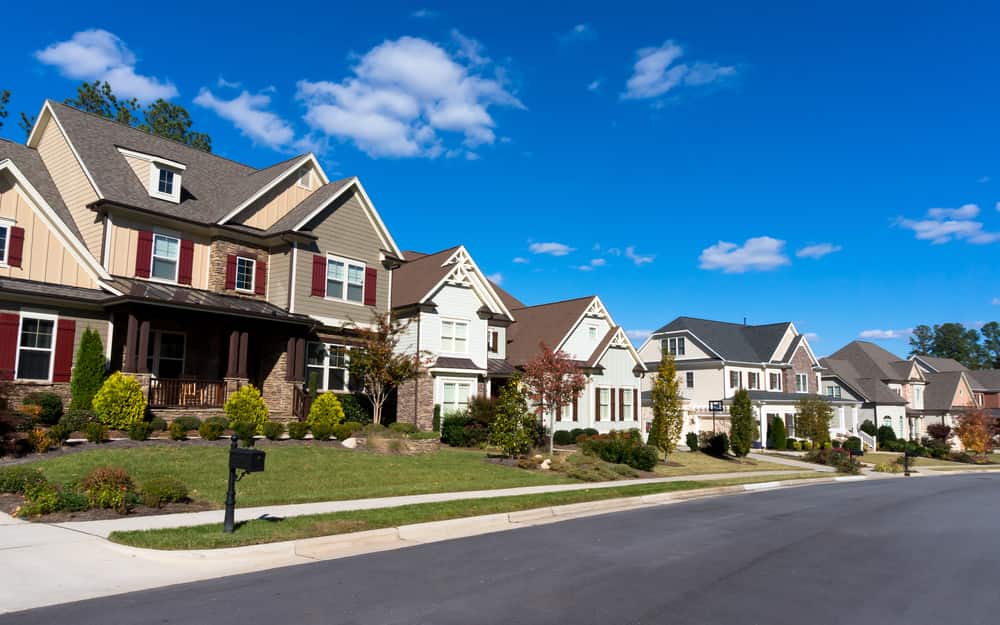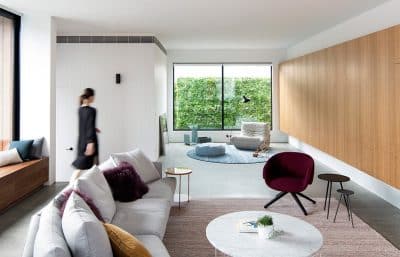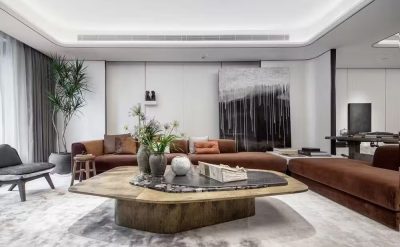
Designing your dream home is one of life’s most fulfilling experiences. From the perfect color palette to the layout of your backyard, every detail is a reflection of your style and priorities. But if your dream home is located within a homeowners association (HOA) community, you might quickly learn that not all design decisions are entirely up to you.
Homeowners associations have become increasingly common across the U.S., and they play a big role in shaping how homes look, feel, and function. So, before you break ground or finalize those architectural plans, it’s worth understanding just how HOA rules can impact your dream home’s design.
The Purpose Behind HOA Rules
At first glance, HOA rules might seem restrictive, even unnecessary. But they exist for a reason. According to Virginia Tech, homes in HOA communities are valued 5% to 6% higher than comparable non-HOA homes. These associations reduce design variation, which in turn stabilizes property values and limits negative externalities like neglected yards or outlandish paint colors.
So, while your HOA might prevent you from installing that neon green front door, the idea is to protect the neighborhood’s overall look—and your investment.
Common Design Restrictions in HOA Communities
Let’s break down some of the most typical design rules imposed by HOAs:
- Exterior Paint Colors: You’ll often have to choose from a pre-approved list.
- Roofing Materials: HOAs may dictate material and color, especially in areas prone to fire or storms.
- Fencing: Height, color, and material usually need to be approved.
- Landscaping: There may be restrictions on drought-tolerant plants or artificial turf.
- Sustainability Features: Rain barrels, solar panels, and rooftop gardens are frequently restricted or outright banned.
In fact, a Housing Policy Debate study found that 68% of HOAs in the study restricted or prohibited visible solar panels. Over half had limits on drought-tolerant landscaping, which can be frustrating if you’re aiming for a sustainable design.
What to Consider Before Buying in an HOA Community
If you’re in the market for a new home or planning to build one in an HOA-governed neighborhood, here are some key factors to weigh:
- Review the Covenants, Conditions, and Restrictions (CC&Rs): This is your rulebook. Read it carefully.
- Talk to Neighbors: They can give you real-world insight into how strict the HOA is in practice.
- Check the Fees: Monthly or annual HOA fees can range widely depending on the community and its amenities.
- Assess Flexibility: Some HOAs have architectural committees that will consider unique design proposals.
- Investigate Enforcement History: Overly aggressive HOAs can make even minor changes a headache.
The Double-Edged Sword of HOA Landscaping Rules
You might be surprised to learn that HOA landscaping rules can have significant environmental impacts. A study from Arizona State University found that xeriscaping (landscaping that reduces or eliminates the need for irrigation) lowered peak water usage by up to 24%.
But there’s a catch.
Many HOAs still favor lush, water-thirsty turfgrass over drought-tolerant alternatives. This can drive up seasonal water demand and hinder your efforts to create an eco-friendly yard.
Long-Term Impacts on Property Value
Sure, HOA homes tend to sell for more upfront. One Journal of Urban Economics study showed that they sell for about $13,500 more (roughly 4%) than non-HOA homes.
But the story doesn’t end there.
Research by Leon S. Robertson found that HOA properties often appreciate less over time compared to their non-HOA counterparts. Why? The added maintenance costs, strict aesthetic requirements, and reduced appeal to younger or eco-conscious buyers.
So, while the short-term value bump is real, the long-term appreciation might not be.
Tips for Navigating HOA Design Restrictions
If you love the location and amenities but aren’t thrilled about the restrictions, don’t give up just yet. Here’s how to work with the system:
- Request a Variance: If your design idea isn’t on the approved list, you can often apply for a special exception.
- Join the Architectural Committee: Be the change you wish to see—literally.
- Propose Eco-Friendly Policy Changes: Use research and community engagement to push for greener rules.
- Document Everything: Get all approvals in writing to avoid issues later.
- Stay Involved: Attend meetings and stay informed about changes to the rules.
So, Are HOA Rules a Dealbreaker?
Not necessarily. They can be frustrating, sure. But they also offer stability and protect neighborhood aesthetics and property values. The trick is finding an HOA that aligns with your vision.
If your dream home includes solar panels, drought-tolerant landscaping, or nontraditional design elements, you’ll need to do your homework. Understand the rules, assess the flexibility, and weigh the long-term implications.
Final Thoughts
Homeowners associations aren’t inherently bad. They exist to maintain order and value. But their rules can dramatically shape the design and sustainability of your home.
From curb appeal to eco-conscious upgrades, every element might need a stamp of approval. The key is knowing what you’re getting into, asking the right questions, and choosing a community that complements your vision—not one that crushes it.
After all, your dream home should reflect your values, not just your HOA’s guidelines.








